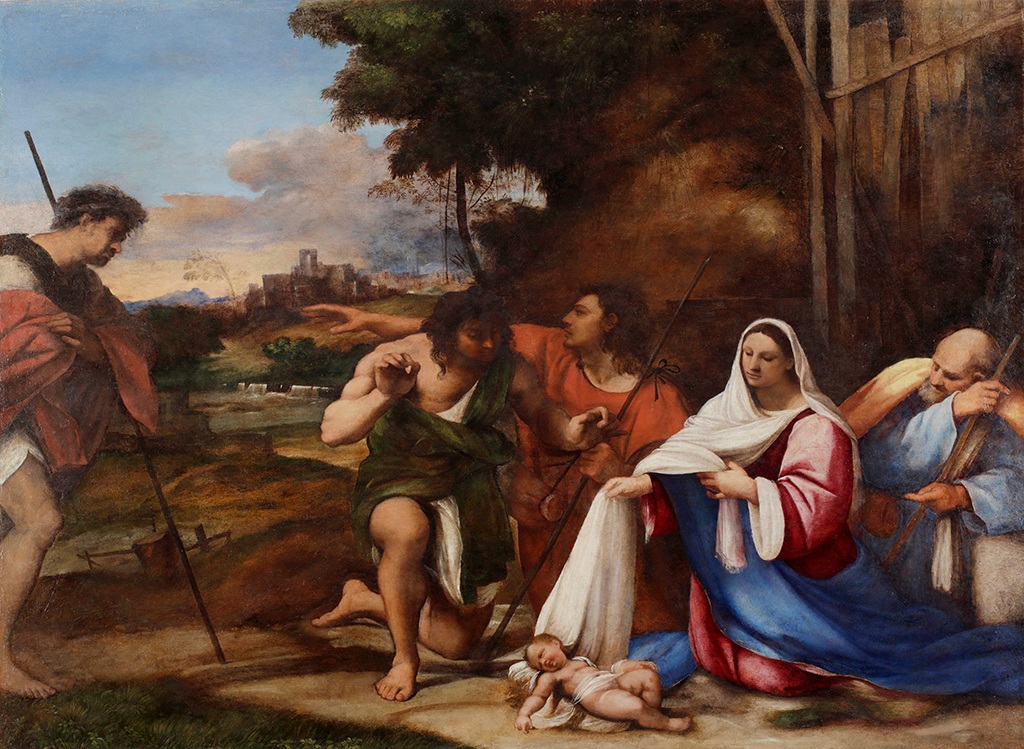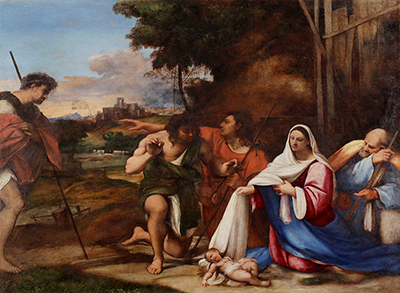Sebastiano del Piombo's Adoration of the Shepherds has received the most exposure of any of his paintings in recent years due to an incredible restoration project that has returned it to it's former glory.
The Fitzwilliam Museum's decision to restore this Renaissance masterpiece was timed to mark its 200th year anniversary. It took around ten years to complete, making it one of the longest and most in-depth restorations to have been completed on a single painting. The work was considered so impressive that it won the restoration and conservation award at the 2017 Museum and Heritage Awards in London. It is now back on display and adds to an already exceptional art collection at the respected Cambridge Museum in the UK.
This painting was one of the artist's first after relocating to Rome. The painting provides an example of the influence of Giorgione's own The Adoration of the Shepherds. (That can be found in the National Gallery of Art, Washington). Sebastiano's combines his original teachings in the Venetian colouring but with the addition of Roman form gained from his time with Michelangelo. At this point in the Renaissance each region of the papal states had very clear styles which had been developed within large, highly active studios that were led by each region's respective masters.
In truth this painting was originally attributed to Giorgione, underlining its similarity to his direct teachings. It was as late as 1913 that Sebastiano was confirmed as its creator, due to the elements of Roman influence that can also be found here. No-one had combined Venetian and Roman art in this way at that point and this new attribution remains firmly in place today. Recent research into the relationship between Sebastiano and Michelangelo has also brought about an increased exposure of his career, though he remains an important but not essential element to study from the Renaissance period.
The damage to the original was considerable. Many art historians did not believe it possible to restore it to its new condition, whilst remaining entirely faithful to the original touches from Sebastiano del Piombo. It deservedly takes back its prominent position within the permanent collection of the Fitzwilliam Museum and sits alongside works by other famous names such as Sir Peter Paul Rubens (The Death of Hippolytus), Nicolas Poussin (Extreme Unction), Thomas Gainsborough (Heneage Lloyd and his sister, Lucy), Frans Hals and Claude Monet (Poplars).





